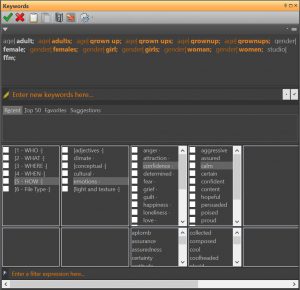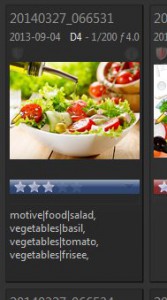Free Controlled Vocabularies for IMatch
The IMatch Thesaurus is a very powerful tool for creating and managing controlled vocabularies – not only for keywords! What is a Controlled Vocabulary? A controlled vocabulary (Wikipedia) is basically a list of hierarchical keywords and synonyms. Instead of manually entering keywords, you pick them from the thesaurus. This not only makes keywording (tagging) files […]
Free Controlled Vocabularies for IMatch Read More »


